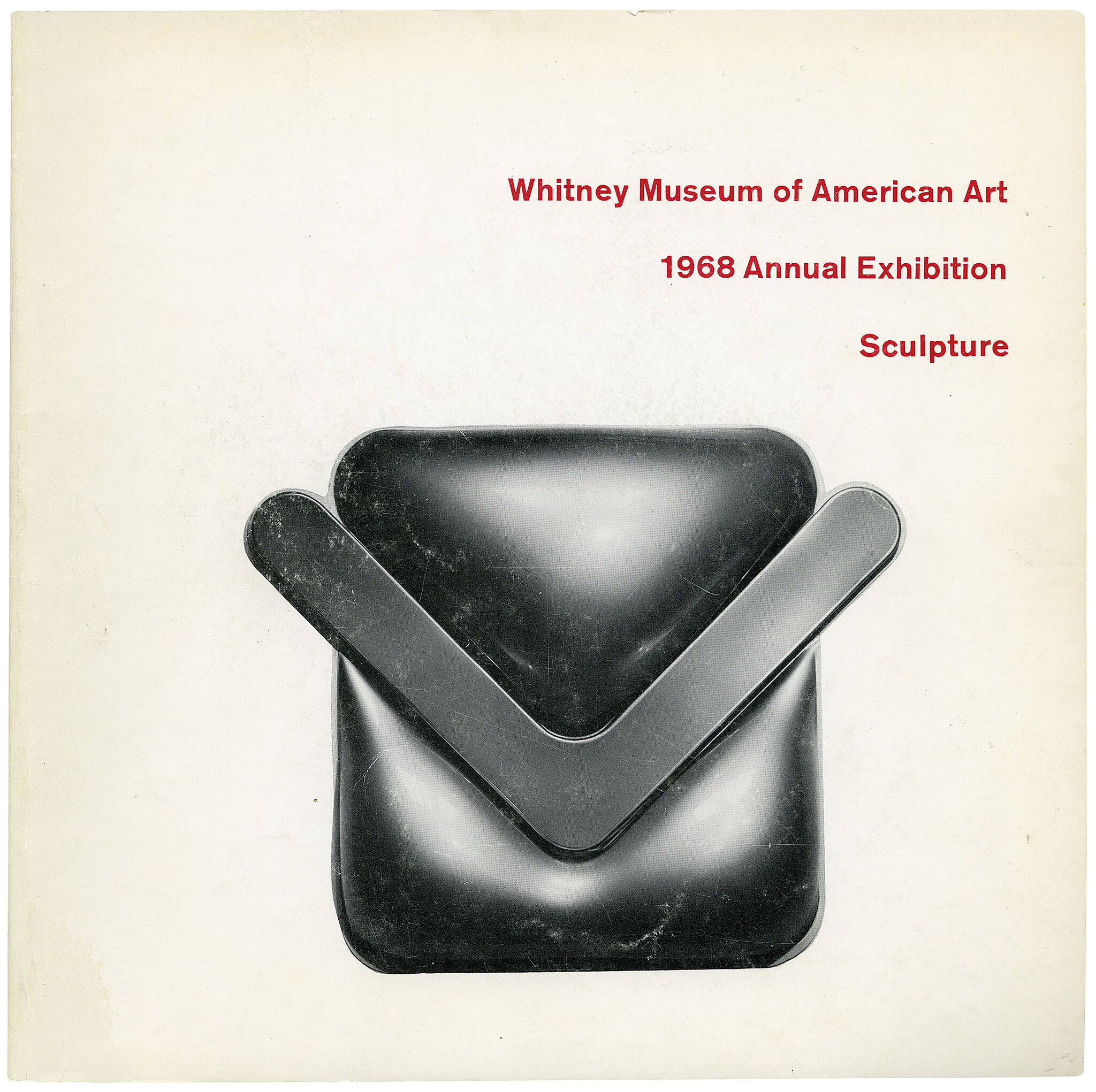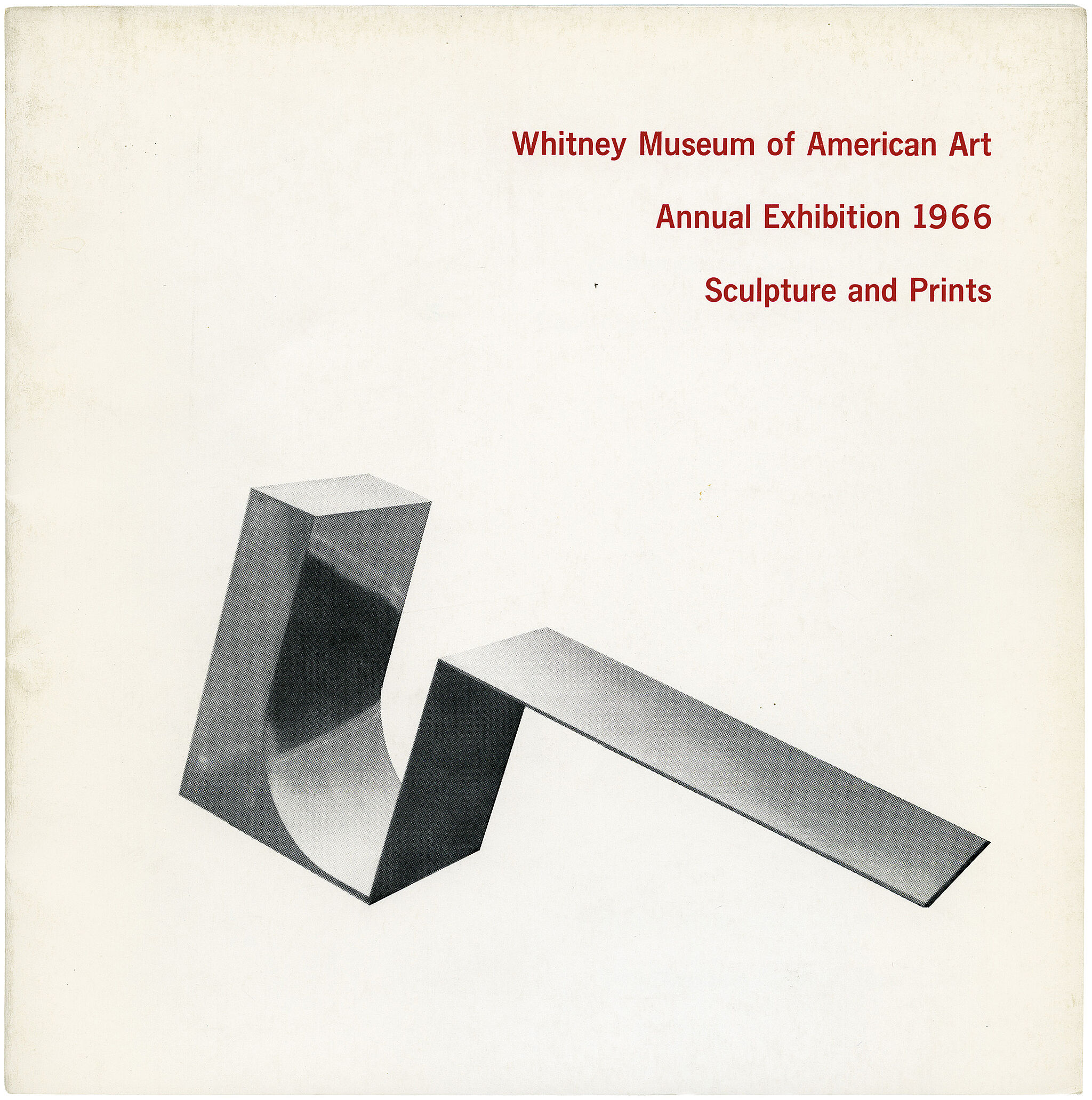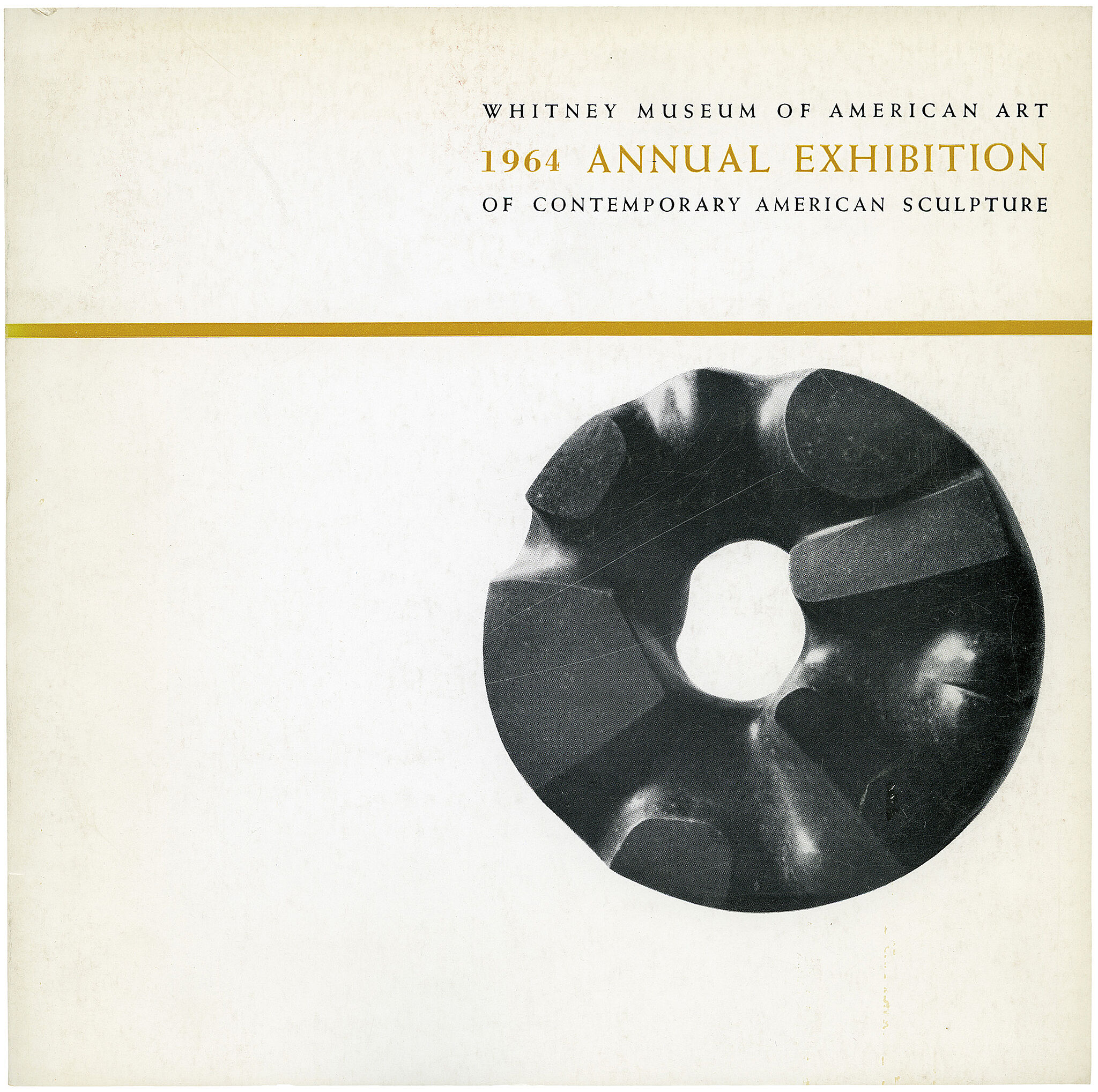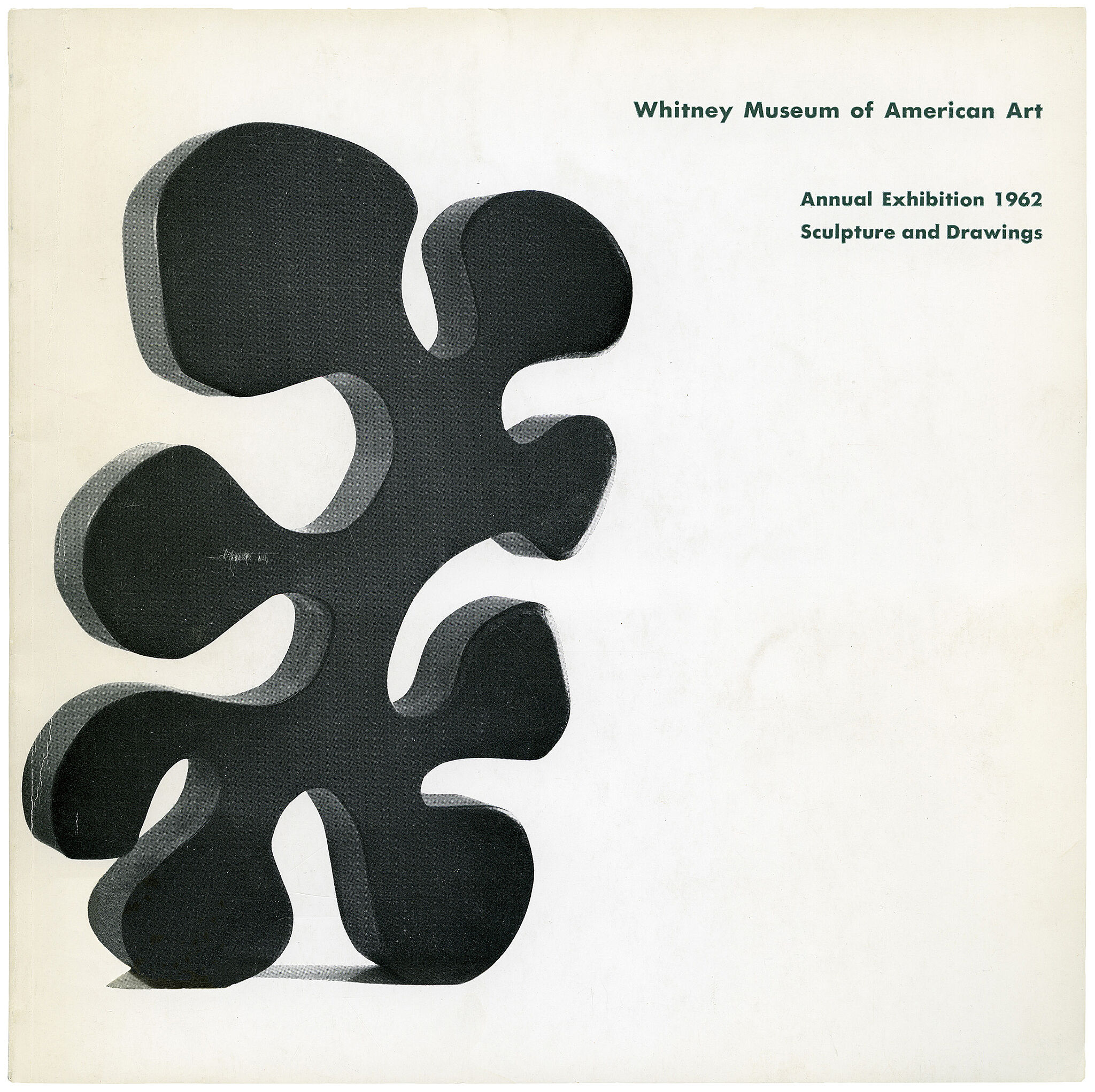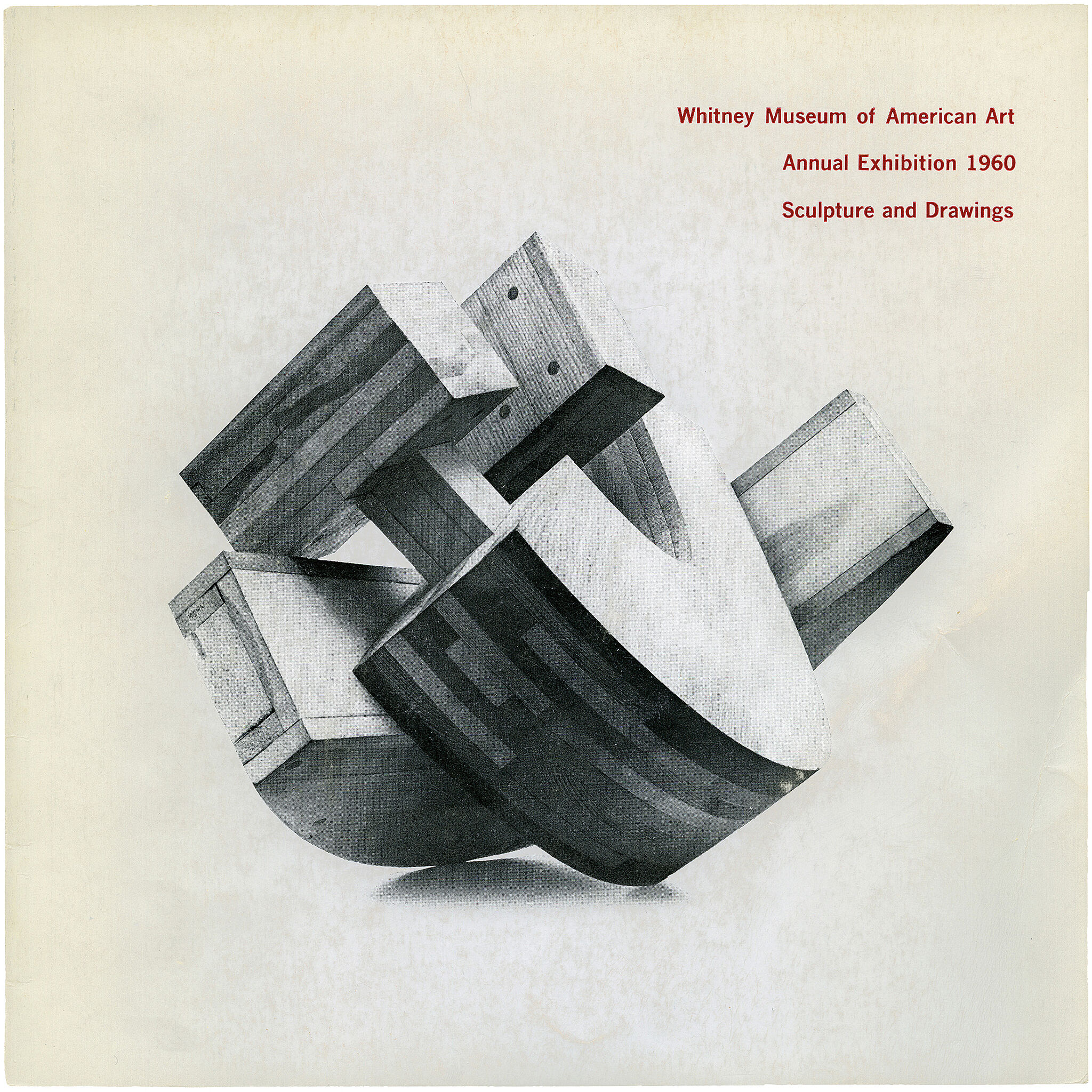Robert Mallary
1917–1997
Introduction
Robert W. Mallary (December 2, 1917 – February 10, 1997) was an American abstract expressionist sculptor and pioneer in computer art. In the 1950s and 1960s, he was renowned for his Neo-Dada or "junk art" sculpture, created from found materials and urban detritus, pieced together with hardened liquid plastics and resins. Mallary's work is represented in permanent collections such as the Museum of Modern Art, the Whitney Museum of American Art, the National Gallery of Art in Washington, D.C., as well as the Victoria and Albert Museum and the Tate Modern in London.
In 1968, Mallary created one of the first (perhaps the first) digitally modeled sculptures, Quad 1. This work was shown at the landmark "Cybernetic Serendipity" exhibit at the Institute of Contemporary Arts in London. A subsequent work, Quad 3, was displayed at the Whitney Museum's 1968 Annual Exhibition of Contemporary American Sculpture.
Wikidata identifier
Q30089788
Information from Wikipedia, made available under the Creative Commons Attribution-ShareAlike License . Accessed January 2, 2026.

